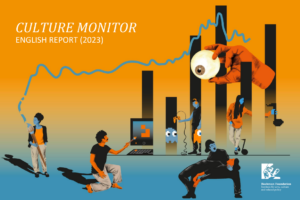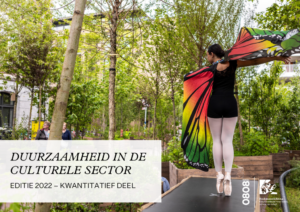Heritage, media, literature, and the arts tell us about the society in which we live – from historic landscapes and town centres to museums, from broadcasting organisations to public libraries, from books to rock concerts, from photos to dance performances, from newspapers to the Internet.
In setting the Netherlands ‘ cultural and media policy, the Dutch Ministry of Education, Culture and Science (OCW) pursues a number of objectives. For one thing, it aims to protect the country’s cultural heritage from damage or even destruction, and to shield the cultural sector from disproportionate pressure from the free market, for example so that less popular theatre performances can go ahead. The Ministry also promotes variety and good quality in the arts and culture, so that people can select what interests them. Government also ensures accessibility, in the sense that as many people as possible can read, watch, visit, and listen to the artistic and cultural products available.
Cultural Policy in the Netherlands , Edition 2009 deals with the three areas covered by Dutch cultural policy: (1) cultural heritage (museums, heritage conservation, archaeological heritage, and archives); (2) media (broadcasting and the press), literature and libraries; and (3) the arts (the fine arts, the performing arts, photography and design, architecture, film, the amateur arts, and cultural education). The book also considers a number of cultural policy themes, for example cultural diversity, the National History Museum , and international cultural policy.
Cultural Policy in the Netherlands , Edition 2009 is intended for everyone interested in Dutch cultural policy, its history, and recent trends in the field. This edition covers policy up to the beginning of 2009, although the statistics presented relate mainly to the 2005-2008 funding period.
Compiled by: Ministerie of Education, Culture and Science and Boekmanstudies
Edited by: Ineke van Hamersveld



